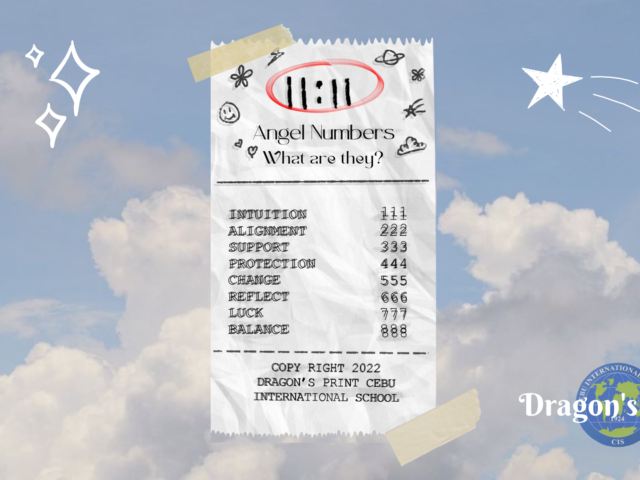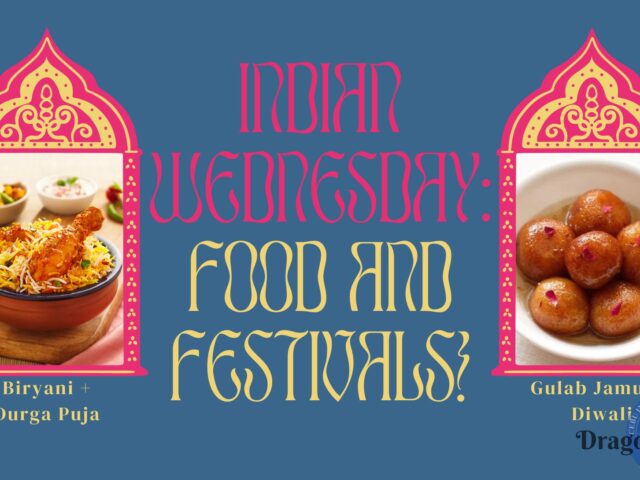Korean Dramas (commonly referred to as K-dramas) have been a staple in Filipino contemporary culture ever since local television networks started broadcasting foreign television programs. From the early 2000s Choi Ji Woo classics Winter Sonata and Stairway to Heaven to the romantic coming-of-age phenomenon Boys Over Flowers, K-dramas have captured the eyes and hearts of many Filipinos of all ages and backgrounds. Last year, it would have been difficult to imagine how K-dramas would be more popular than they were at the time. However, in true K-drama fashion, the expected is almost always far from the truth.
Thanks to Netflix and other media platforms streaming a plethora of K-dramas in their catalogues, the Korean Wave product has become more accessible to a substantial number of people not only in the Philippines but also around the world. If there’s one thing we can be thankful for in 2020, it’s the amount of quality K-dramas we can escape to after a long day of work. They have become a significant part of everyone’s quarantine routine. Some of the notable Netflix K-drama releases this year that had everyone excited include Crash Landing on You, Itaewon Class, and It’s Okay to Not be Okay.
K-dramas must have some form of magic that has had Filipino audiences spellbound for decades, aside from the unworldly attractiveness of the lead actors and actresses at least. Well, we’ve rounded up a few possible reasons why Filipinos love K-dramas so much.
K-dramas focus on quality over quantity.
Mainstream K-dramas usually have less than 20 episodes and are rarely continued for a succession of seasons unlike most Filipino and Western television series. This allows for an establishment of a clear and well-defined story line with each episode playing an integral role in truly understanding the plot. The creators of the drama can dive deeper into the production of a single episode such as creating compelling scripts, elaborate production designs, and gorgeous cinematography.
In addition, the drama can be filmed in different locations around the world at relative ease due to the smaller number of episodes, which may add to the beauty and excitement of the series. Although the limited number of episodes in K-dramas can lead to more immediate effects of post-drama depression, especially when the endings are blatant cliffhangers (coughs in Vagabond and Scarlet Heart Ryeo), K-dramas are less prone to dragging and unnecessary plotlines, so the consistent preservation of quality is ensured. The fewer number of episodes in K-dramas can be highly regarded towards its widely-apparent creativity and acclaim from both critics and audiences.
K-dramas cover a diverse range of stories.
Just by visibly skimming the K-drama page on Netflix, it is very obvious that K-dramas encompass a wide variety of topics and stories. There has always been a misconception that K-dramas only center on love and romance. Though romantic stories are indeed recurring themes in many K-dramas, they are all presented in their own specific and unique contexts and are weaved seamlessly with other multitude of themes as well. K-dramas are also very known for having story lines about a great number of different careers including doctors, detectives, teachers, spies, journalists, fashion designers, radio DJs, and even prison guards.
However, one very notable aspect about K-drama plots is that they are unafraid to tackle important and controversial social issues. Especially in recent years, many K-dramas have created conversations on crucial issues such as the education system, racism, gender discrimination, mental health, patriotism, and even systematic corruption in the government. Some examples of K-dramas that tackle these issues are Itaewon Class, Sky Castle, and It’s Okay to Not be Okay. Overall, even if you’re a picky watcher and have a strictly-defined taste in genres, there is a 100% guarantee that there is a K-drama to fill the void of your Friday-night binge watching.
K-dramas are addictive and delve deep into emotion.
It is an undeniable fact that Filipinos are easily moved by deeply emotional stories, and K-dramas have truly mastered the art of getting in touch with the audience’s emotions. The characters and their stories are crafted in a way that audiences can easily connect to them. K-dramas allow their viewers to go along with the characters on such a personal and raw journey, but in a way that is also relatable. This also becomes such an effective grasp towards Filipino audiences due to the similarities of culture that Koreans and Filipinos share, especially when it comes to experiences with family, love, heartbreak, and friendship. It also doesn’t hurt to mention that K-dramas are highly regarded for leaving its viewers with feelings of elation in response to any romantic arc in the story (tenderly known as the feeling of kilig for Filipinos).
The episodes are also structured in a way that leave the audience hooked throughout every minute. Each episode contains a meaningful amount of unpredictable twists and turns not only in the main story line but also in their respective side-plots and recurring characters. Its cliffhanger endings leave the viewers with boggling unanswered questions that drive them to continue watching. K-dramas truly have determined the formula for tugging the heartstrings of people and letting their viewers willingly go through an emotional rollercoaster.
K-dramas have unforgettable soundtracks.
K-drama original soundtracks (OSTs) are truly the cherry-on-top of what sets K-dramas apart from other forms of television. The songs in the OSTs inherently play such substantial parts in accentuating the feelings and emotions that K-drama creators want the audience to feel. Throughout every kiss, fight, death, laugh, and moment of reminiscence in the series, the accompanying songs that play in the background somehow make the scenes more passionate than they already are. Whenever an OST track plays, it has its special way of bringing you closer to the hearts of the characters and the story.
Who could forget how “Love Is The Moment” played in every focal scene in The Heirs or the lyrics “See ya, never gone my way” sounding as the Goblin and Grim Reaper strutted along the graffiti tunnel in Goblin? These OSTs effortlessly bridged a personal attachment to the audience (especially Filipinos who are notorious for eating up anything music-related) even after the drama stopped airing.
Despite the language barriers and foreign concepts, Filipinos have shared their love and admiration towards K-dramas for many years. Now that K-dramas are available to watch on Netflix and other streaming services, they are more accessible to a wider audience than they were before, especially when we are living in times where we can easily be preoccupied with work and stress. It is important for us to have an avenue to find sources of comfort and entertainment within our difficult circumstances. Maybe after reading this article, you too can be enchanted with the magic of K-dramas and have something to look forward to after a long day of virtual responsibilities.
Article by Justin D. (Grade 11); Feature image by Renoa K. (Grade 10)
The views expressed in this article represent the personal views of the author and should not be taken to represent the views of Dragon’s Print and Cebu International School.
![]()




Leave a Reply